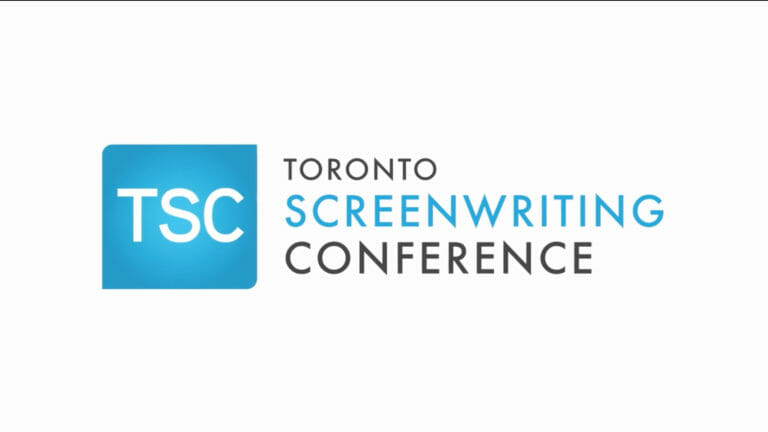By Thomas Jenkins · May 2, 2017

Welcome back to our rundown of this year’s Toronto Screenwriting Conference — a two-day weekend event that brings together screen-based industry professionals from around the globe for development and networking opportunities. This year’s conference took place from April 22nd to 23rd.
Today, we’re breaking down one of most essential – and sobering – panels from this year’s conference:
I Am: A Discussion of the Female Gaze
Ok, guys – listen up. And no, I’m not just using the word “guys” as a catchall. In this case, I actually mean “males” in particular. Not that other genders aren’t welcome, of course – it’s just that men in particular have more to gain from the words of wisdom in this next section.
I Am featured a collection of distinguished female writers (Tracey Deer, Jennifer Holness, Courtney Jane Walker, Robby Hoffman and moderator Katrina Saville) engaged in an important exchange of ideas concerning the importance of the female gaze in cinema. I know that, for me, there was no shortage of “a-ha” moments that are worth sharing in the hope screenwriters everywhere take them to hear.

Before I begin though, I feel I need to insert an important caveat — I’m new to this discussion. I’m fascinated by the topic and I’m elated that the discussion is taking place, but I’d be lying if I claimed that my own perspective was nuanced enough to relay this information with the same level of expertise that the panel did. All that is to say that I hope, in all sincerity, that I’ve managed to do justice to the topic of the female gaze.
So, with that out of the way, what is the female gaze? In a nut shell, it’s the idea that the male perspective is not the only perspective. Put another way, it’s the idea that the female gaze is more than just the reflection of the female viewer. It’s about the portrayal of women on screen. It’s about the presence of female storytellers, both behind and in front of the camera. It’s ensuring that female storytellers are given a voice, and, more importantly, the means of communicating it. It’s about encouraging female storytellers to tell not just female stories, but stories all kinds from a uniquely female point of view.
Consider the following facts: Of the top 100 highest earning films of 2016, a mere 25 percent featured females in the leading roles. To make matters worse, only 9 of those films had female directors, and only two counted women as co-writers. Research in Canada indicates that women represent 22 percent of writers working in the film industry (with TV faring only slightly better at 38 percent). Directors fared even worse, with women representing an outrageously low 17 percent.
As the panel pointed out, that’s not a 50- 50 split. Far from it, in fact, which is particularly disheartening considering that women make up 51% of the population. And it goes deeper with research also showing that men are routinely given more lines in films than females – up to three times as many, in fact.
The women on the panel agree that the female gaze is a movement in progress. Where there seems to be some disagreement is what men can do to help. Some believe that heterosexual men need to take a step back. Others believe that’s not an option. The general consensus is that men and women really ought to be facing this together by opening doors, and shattering glass ceilings.
The de facto form of a story should not be one that is filtered through a man’s lens. Men need to make room and understand that the female gaze is just as valued, important and necessary as the male gaze. Even more so, given how long men have dominated the entertainment industry. And this allowance for “otherness” doesn’t just stop with a female perspective. Space needs to be given to all gazes, so that no one group’s voice goes unheard.
It’s a pretty simple concept. And yet it’s a message that’s only just starting to sink in – especially for men not accustomed to challenging their notions of privilege. So ask yourself: what are you doing to support female storytellers?